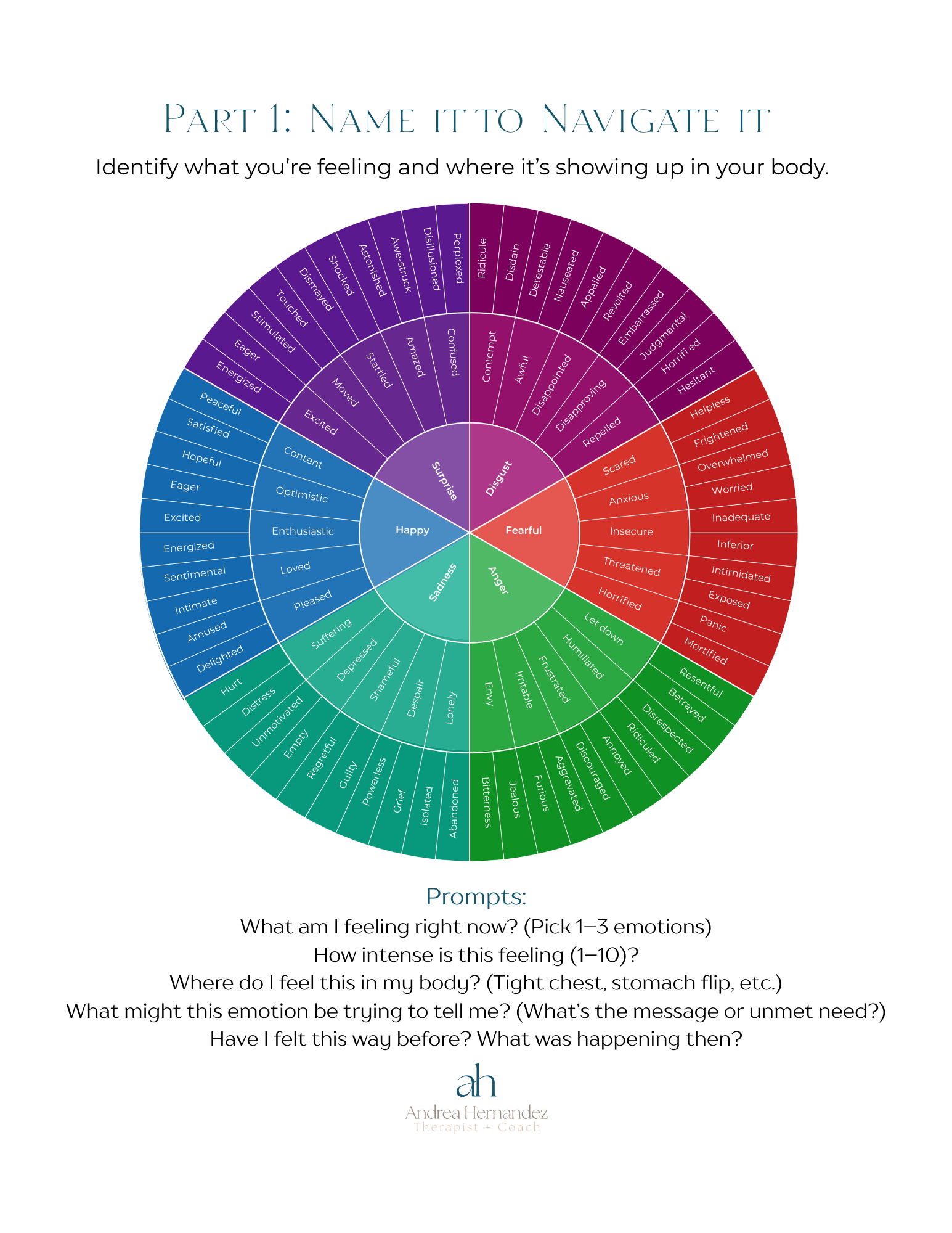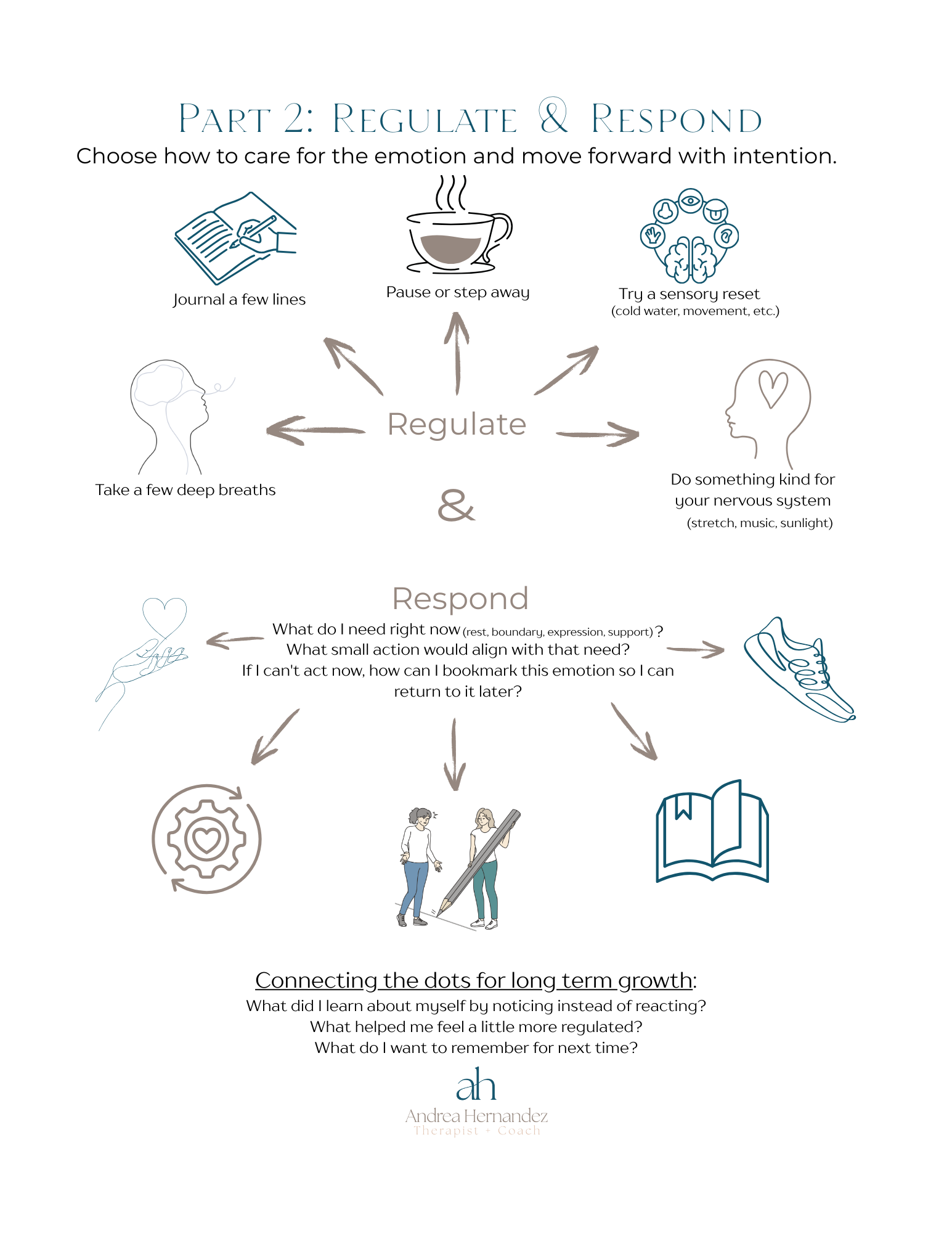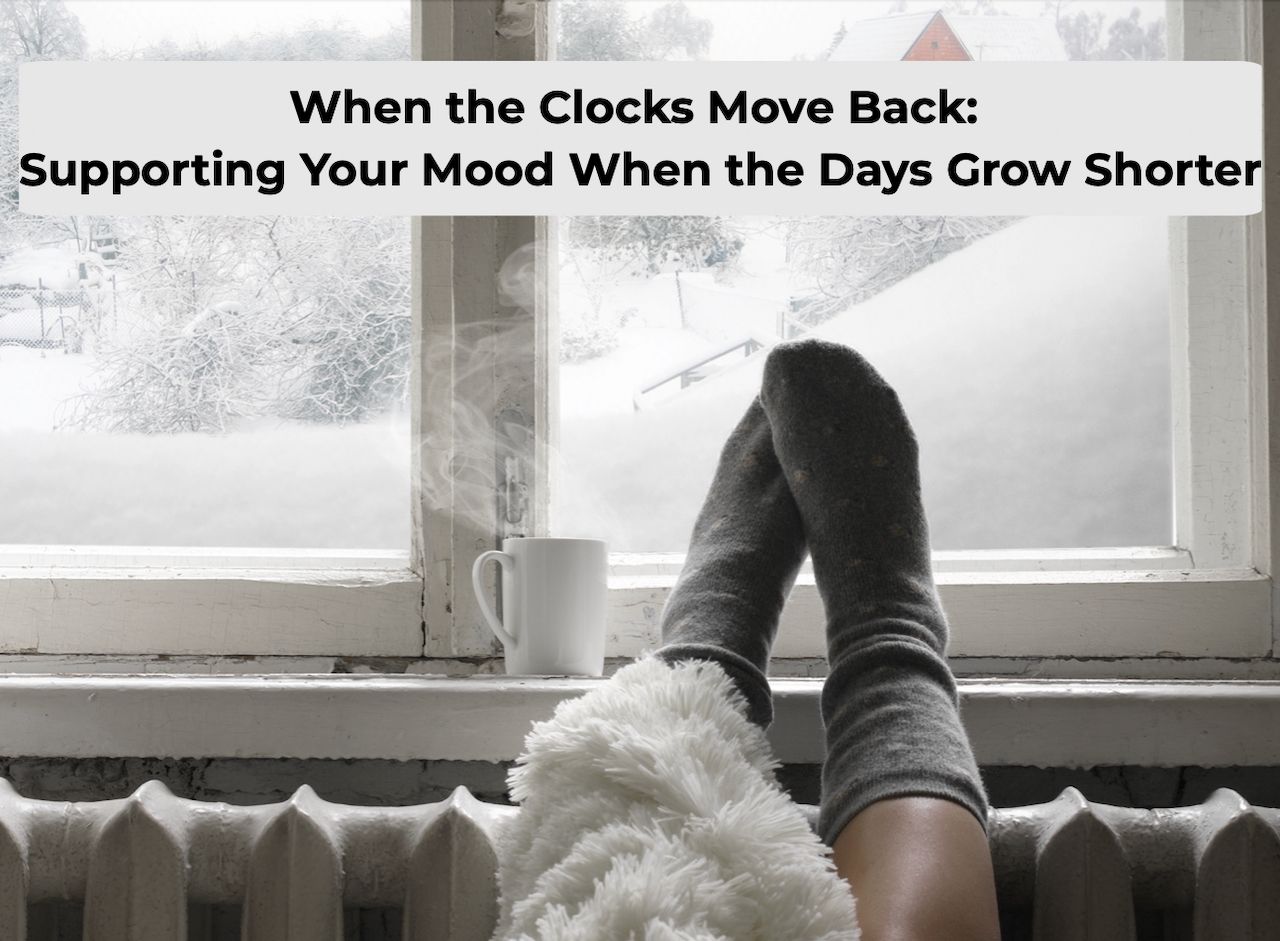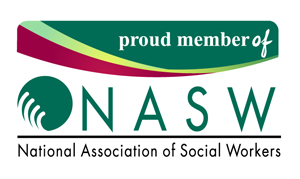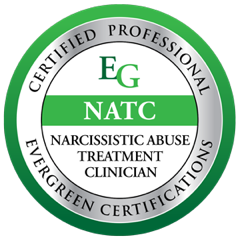What We Resist, Persists: How Facing Discomfort Frees You to Move Forward
“What we resist, persists.”
You’ve probably heard that before—maybe as a throwaway quote on a coffee mug or in a therapist’s office. But what does it actually mean? And why does the very act of avoiding something often make it loom larger in our minds?
You’re not lazy, broken, or uniquely unlucky if avoidance ends up on repeat. It’s part of how our brains keep us safe. The trouble is, safety strategies—like resisting difficult feelings, conversations, or decisions—can become avoidance loops that drain our energy, stall our progress, and keep us stuck.
In this post, we’ll unpack why resistance makes things stick, how that shows up in daily life (especially if you live with ADHD, anxiety, or overwhelm), and—most importantly—what you can do instead so you stop battling the same old loops and start moving forward.
Why “Resistance” Feels Like Protection
Resistance often wears a friendly mask:
● “I just need more time.”
● “I’ll deal with that later.”
● “Maybe it’ll sort itself out.”
In the moment, that inner voice seems reasonable—and sometimes it is. If you’re distraught, depleted, or trying to juggle a million things, postponing a tough conversation or burying an uncomfortable emotion can feel like self-preservation.
But here’s the catch: every time you push something down or push it off, your mind files it under unfinished business. It takes up mental real estate, shows up as rumination or dread, and can even hijack your focus on other tasks. Especially for ADHD brains, where executive function depends on clear mental bandwidth, that unaddressed item can feel like a boulder in your path.
How Resistance Turns Into Persistence
- Unaddressed Thoughts Loop
You think, “I’ll remember to do it later...” → later arrives → you worry you forgot → you mentally replay the task → you feel guilty → you avoid it again. - Emotional Amplification
You feel a pang of anxiety or sadness → you tell yourself, “I shouldn’t feel this.” → you push the feeling away → it rebounds stronger with shame attached. - Task Aversion Cycle
You stare at a blank page or a messy inbox → you resist starting → your brain tags it as “too hard” → next time you encounter it, you feel even more resistance.
Left unchecked, each of these loops can double back on itself, making the original issue seem insurmountable.
From Resistance to Curiosity: Five Steps to Break the Loop
1. Name the Resistance
Pause and ask,
“What am I resisting right now?”
Say it out loud or jot it on a sticky note. Naming reduces mystery and shrinks the
beast—suddenly it’s something you can see, not an amorphous dread.
2. Practice Radical Acceptance
Michelle Obama once spoke about the idea of practicing who you want to be—that our actions, even small ones, shape the person we become. That same wisdom applies here. Practicing self-compassion in hard moments, or facing something uncomfortable with curiosity, is how we become someone who trusts themselves to handle discomfort. Borrowing a page from Michelle Obama’s “practice who you want to be,” try:
“I accept that I’m feeling stuck—and I’m allowed to feel this.”
Acknowledgment doesn’t mean surrender. It means you’re no longer wasting energy denying what’s true.
3. Get Curious About the “Why”
Once you’ve named the resistance, gently ask: “What is this protecting me from?” Maybe it’s fear of failure, replaying a past criticism, or simply overwhelm. Curiosity
transforms resistance from an enemy into a messenger.
4. Micro-Step Forward
Forget grand plans. Choose the tiniest possible next move:
● Write one sentence.
● Send one clarifying email.
● Sit with the feeling for one minute and breathe.
These micro-steps shift your system from “avoid mode” to “action mode.”
5. Anchor in Your Values
Remind yourself of the bigger picture:
“I want to feel confident in my relationships—so I’m choosing to speak up.” “I value my health—so I’m choosing to do this small task now.”
Tying action to values lights the spark that mere “should” statements never will.
Putting It Into Practice
- ADHD Brains: Use timers or alarms for your micro-steps. The buzz becomes a cue to break the loop.
- Anxiety-Prone Minds: Combine naming with grounding: name the resistance, then notice your feet on the floor or the inhale in your lungs.
- Overwhelmed Hearts: Schedule a daily 5-minute “resistance check”—a nonnegotiable pause to surface what’s lurking.
Final Thought: Freedom on the Other Side of Resistance
Resistance is a signpost, not a prison. When you lean into what you’re resisting—just long enough to name it, accept it, and take one tiny step toward it—you’ll often discover that the boulder shrinks or disappears altogether.
You deserve to move through life with less mental clutter and more forward motion. The truth is, every loop you break is practice for the next challenge. And with each break, you build trust in yourself.
Because what we face doesn’t have to persist. And what we resist, can finally set us free.
Want support?
If you’re noticing emotional overload, confusion, or relational stress on a daily basis, you're not alone. Whether through therapy or coaching, I help clients untangle these dynamics, reconnect with themselves, and move forward with clarity and self-trust.
Explore my
free resource library or
get in touch if you're ready to start untangling the overwhelm.
Please complete the form below to gain access to my handouts library.
